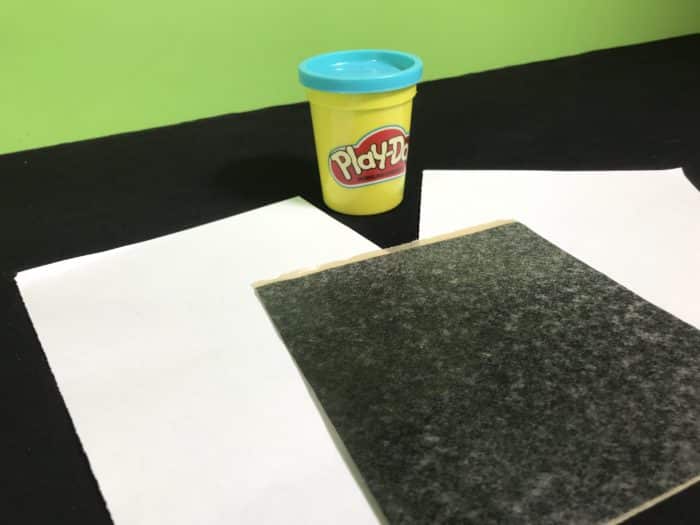
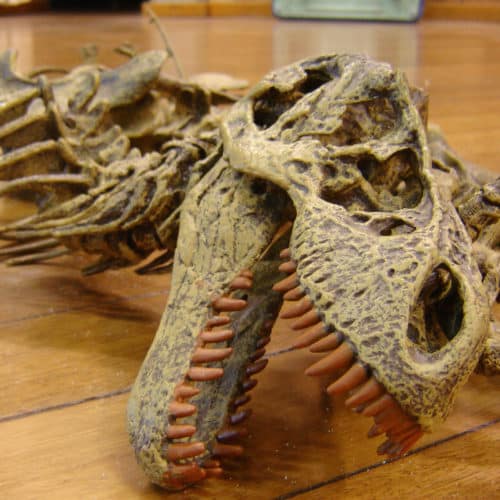
School science visits since 2004!
– Curriculum-linked & award-winning incursions.
– Over 40 primary & high school programs to choose from.
– Designed by experienced educators.
– Over 2 million students reached.
– Face to face incursions & online programs available.
– Early learning centre visits too!
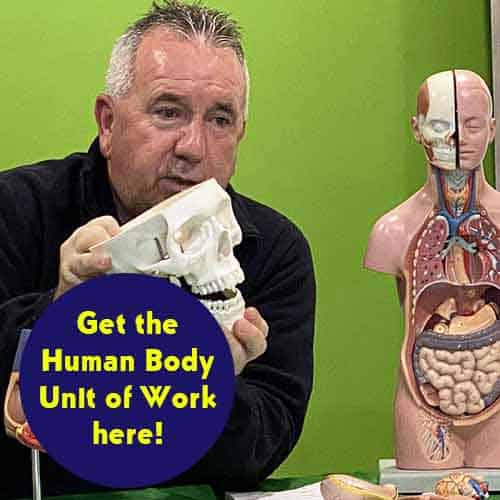
Get the Unit of Work on the human body here!
- Learn about the major body systems
- Dive into the five senses
- How does digestion, respiration, circulation and many other processes work and more!
Includes cross-curricular teaching ideas, student quizzes, a sample marking rubric, scope & sequences & more
Why Does This Happen?
Biting into dental moulds is an essential step in dentistry that allows dentists to create accurate dental models, which can be used to plan and execute dental operations. These moulds are made of a putty-like material that hardens after it is placed in the patient’s mouth for a few minutes, creating a replica of their teeth and gums. The moulds are then used to create casts, which are 3D replicas of the patient’s teeth and gums.
Dental casts provide a detailed and accurate representation of the patient’s oral anatomy, allowing dentists to study the structure of their teeth, gums, and jaw. By examining these models, dentists can identify any issues with a patient’s oral health and plan treatments accordingly. For example, if a patient has misaligned teeth, the dentist may use the cast to plan a course of orthodontic treatment to realign the teeth.
The use of casts and moulds in dentistry has some similarities to the process of creating casts and moulds for dinosaur fossils. When paleontologists discover a dinosaur fossil, they carefully extract it from the ground and create a mould of the bones using a similar putty-like material used in dentistry. This mould is then filled with plaster or another material to create a 3D replica of the bones.
Just as dental casts allow dentists to study the structure of a patient’s teeth and gums, dinosaur fossil casts provide paleontologists with a detailed look at the anatomy of the dinosaur. This information can help them understand how the dinosaur moved, what it ate, and how it interacted with its environment.
In both dentistry and paleontology, casts and moulds are essential tools that provide valuable information to professionals in their respective fields. Whether it’s planning a dental procedure or studying a dinosaur’s anatomy, these 3D replicas provide an accurate and detailed look at the subject, helping professionals to make informed decisions and discoveries.
From fossil formation to teeth and skin, the Digging Dinosaurs workshop has your unit on dinosaurs covered!
Get in touch with FizzicsEd to find out how we can work with your class.
Digging Dinosaurs
Years K to 6
Maximum 30 students
School Workshop
60 or 90 minutes
Online Class Available
STEM Full Day Accelerator - Primary
Designed from real classroom experiences, this modular day helps you create consistently effective science learning that directly address the new curriculum with easily accessible and cost-effective materials.



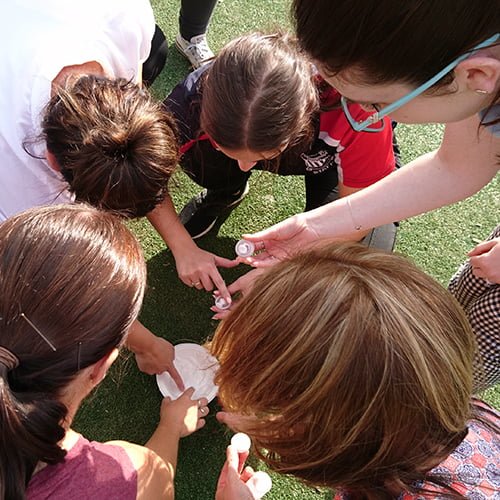
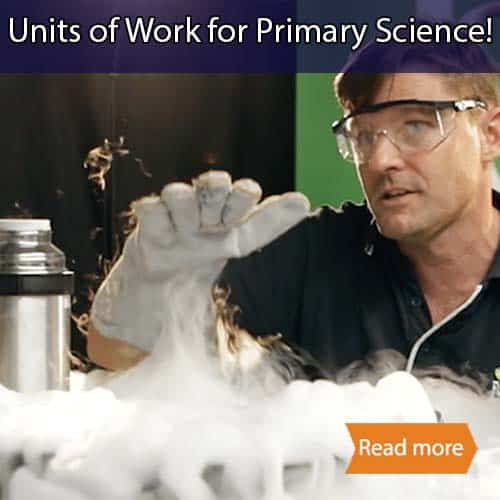
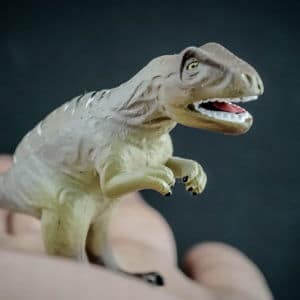
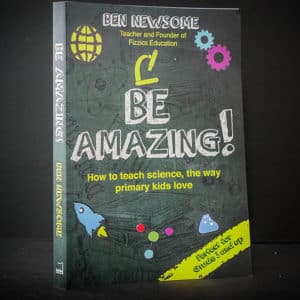























Comments